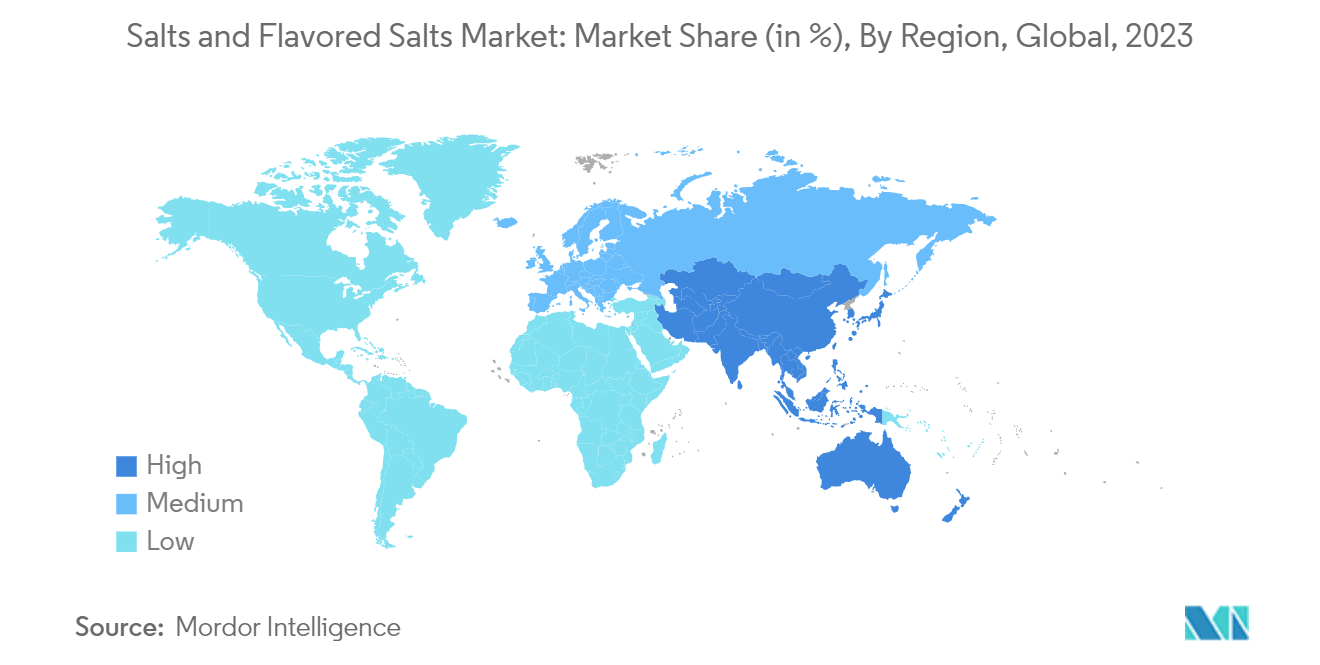Market Trends of Salts And Flavored Salts Industry
Table Salt Is Highly Consumed Across The Globe
Consumers are increasingly demanding table salt, driven by its recognized health benefits. A prime example is the fortification of table salt with iodine, crucial for producing thyroid hormones. Iodine deficiency can lead to serious health issues, including goiter, stunted growth, and cognitive challenges in children. Furthermore, table salt can help reduce gum swelling, further fueling its demand. As awareness of food safety grows, consumers are transitioning from loose, unpackaged salt to trusted, branded alternatives. This shift emphasizes a desire for purity, quality assurance, and hygiene in everyday staples. Branded table salt, marketed as free from impurities and contaminants, has become especially trusted in urban areas. Additionally, salt manufacturers are actively promoting the significance of balanced salt intake. For instance, Tata Salt, in October 2023, commemorated World Iodine Deficiency Day on October 21, aligning with global observances. This day highlights iodine's vital role in cognitive development and the ongoing global challenge of iodine deficiency, particularly in children. Reinforcing this commitment, Tata Salt unveiled a campaign featuring actress Rupali Ganguly, who openly endorsed Tata Salt's purity. Consequently, public health initiatives emphasizing iodine's role in preventing health issues have bolstered the demand for table salt, especially in rural and semi-urban households. The table salt market is vibrant and competitive, showcasing both local and multinational players. Key players include Tata Salt, Redmond, and Diamond Crystal, all offering a variety of flavored salts.

Asia-Pacific Leads The Market
Salt is a cornerstone of Chinese cuisine, enhancing flavors and playing a pivotal role in methods like stir-frying, braising, and pickling. Its significance spans regional cuisines, from the spiciness of Sichuan to the subtleties of Cantonese dishes. For instance, the World Health Organization (WHO) reported in 2022 that household cooking alone accounted for a daily consumption of 9.3 grams of salt. This underscores the centrality of salt in Chinese culinary practices. In Australia, salt is equally vital, serving both culinary and everyday purposes. Beyond seasoning, it is essential for food preservation. Australians routinely use salt to enhance flavors in both traditional dishes, like barramundi and barbecues, and contemporary ones. As of 2023, Food Standards Australia New Zealand noted an average salt consumption of 5.5 grams per person. In Japan, salt is not just a flavor enhancer but a key ingredient in food preservation. Traditional practices, such as making miso soup, pickling vegetables, and seasoning grilled fish, prominently feature salt, underscoring its role in authentic flavor maintenance. Additionally, soy sauce, a staple in Japanese kitchens, is sodium-rich, shaping many dishes' unique taste profiles. Data from Japan's Ministry of Finance highlights this trend, showing a rise in salt consumption from 7.98 million metric tons in 2019 to 8.13 million metric tons in 2022.


